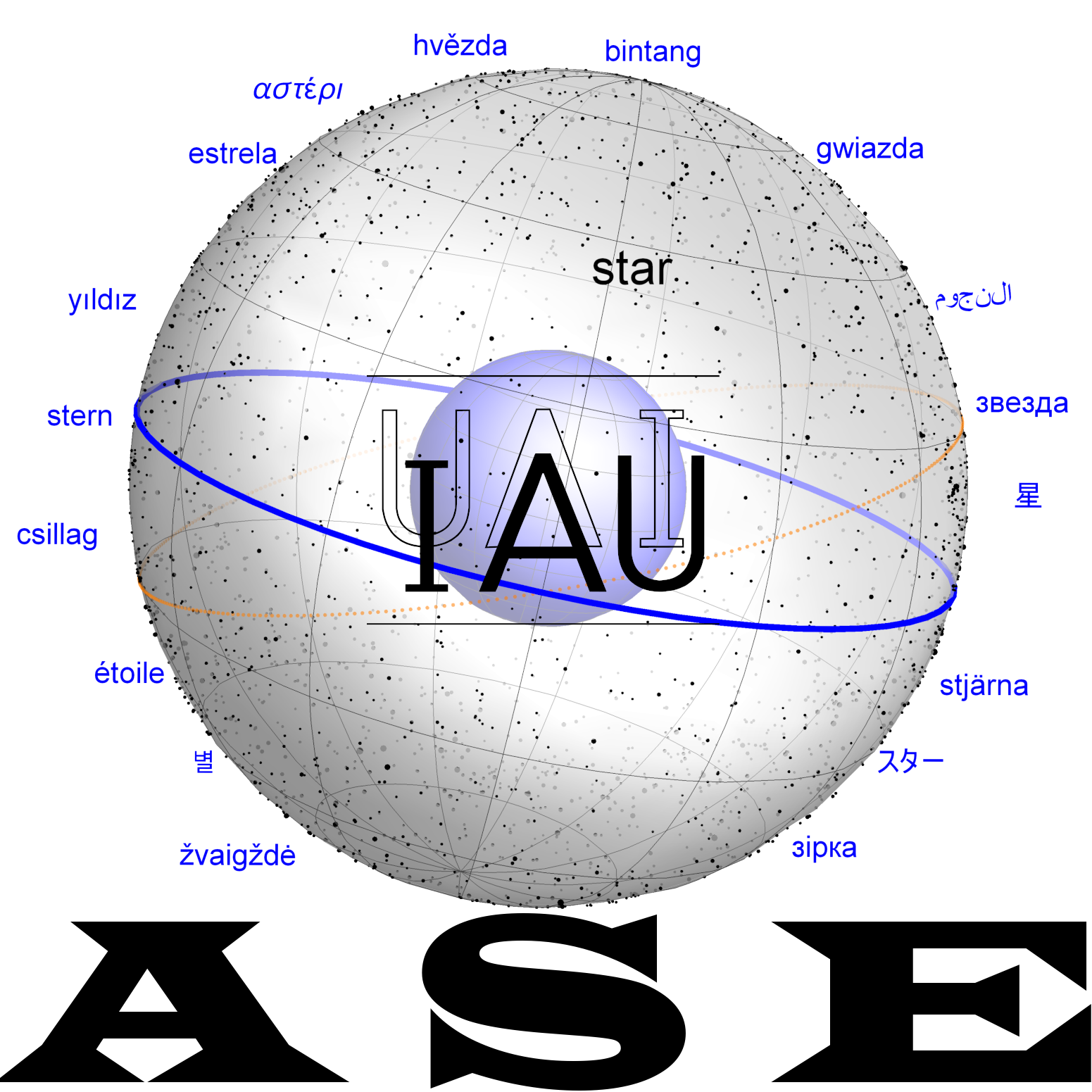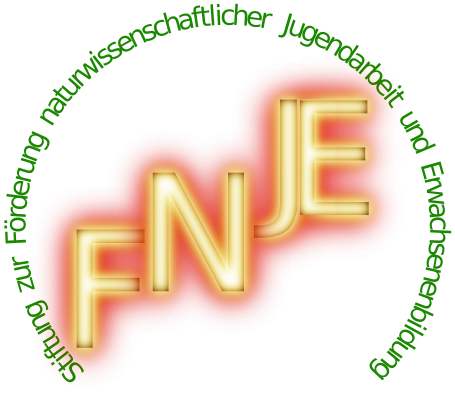Template:Venus: Difference between revisions
From All Skies Encyclopaedia
No edit summary |
No edit summary |
||
| Line 1: | Line 1: | ||
Venus is a planet of our solar system and observable with the naked eye. It is the brightest one of the planets, but never separates more than 60° from the Sun. Thus, Venus is only visible short after sunset or short before sunrise - never in the middle of the night - and in temperate latitudes these hours are twilight while close to the equator, Venus at maximum elongation could be seen in darkness. |
Venus is a planet of our solar system and observable with the naked eye. It is the brightest one of the planets, but never separates more than 60° from the Sun. Thus, Venus is only visible short after sunset or short before sunrise - never in the middle of the night - and in temperate latitudes these hours are twilight while close to the equator, Venus at maximum elongation could be seen in darkness. |
||
=== Images of Venus (Naked Eye Appearance) === |
|||
<gallery> |
<gallery> |
||
File:Venus 05.JPG|Venus above Sahara (Nov. 2005, Susanne M Hoffmann) |
File:Venus 05.JPG|Venus above Sahara (Nov. 2005, Susanne M Hoffmann) |
||
Revision as of 18:38, 22 February 2025
Venus is a planet of our solar system and observable with the naked eye. It is the brightest one of the planets, but never separates more than 60° from the Sun. Thus, Venus is only visible short after sunset or short before sunrise - never in the middle of the night - and in temperate latitudes these hours are twilight while close to the equator, Venus at maximum elongation could be seen in darkness.
















